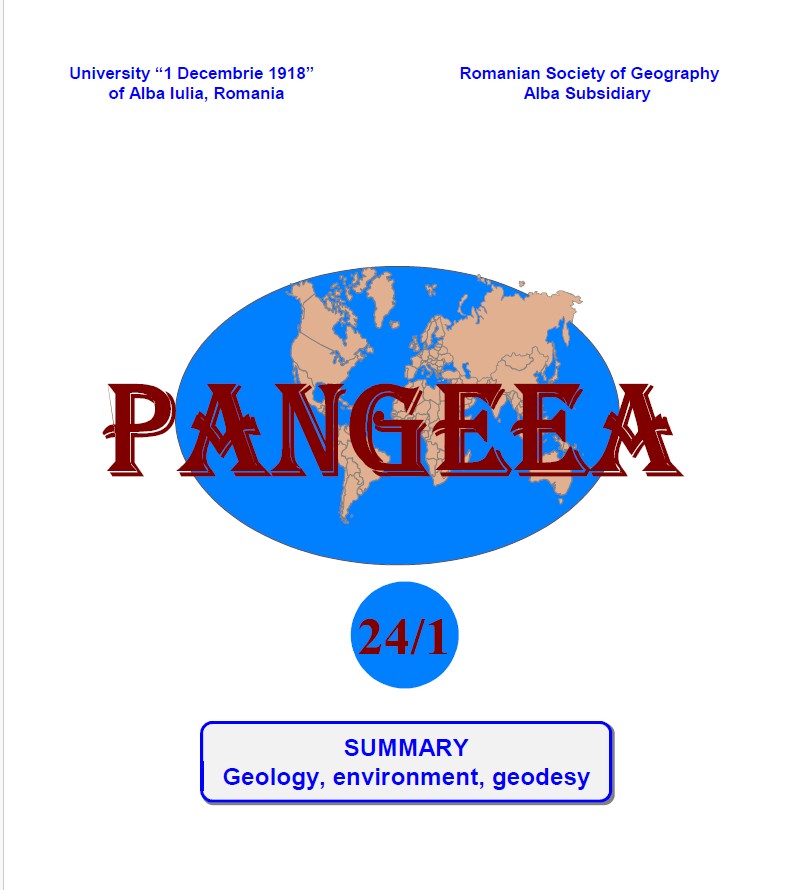EFFECTIVE USE OF CONSTRUCTION, RENOVATION AND DEMOLITION
WASTE IN THE TREATMENT OF ACID MINE DRAINAGE
EFFECTIVE USE OF CONSTRUCTION, RENOVATION AND DEMOLITION
WASTE IN THE TREATMENT OF ACID MINE DRAINAGE
Author(s): GIANINA ELENA DAMIANSubject(s): General Reference Works, Geography, Regional studies
Published by: Editura Aeternitas
Keywords: waste; heavy metals; wastewater treatment; acid mine drainage;
Summary/Abstract: The growth of the global population and the implementation of extensive urbandevelopment programs are responsible for the generation of millions of tons of construction, renovationand demolition waste (CR&DW). While wood and metal are typically recycled, concrete, bricks, andmortar are typically disposed of in landfills. The primary environmental concerns associated withCR&DW in landfills pertain to leachate, H2S gas emissions, and the presence of heavy metals,including Pb, Cu, Cr, and As, which may have originated from paints or treated wood. In addition tothe aforementioned waste problems, acid mine drainage (AMD) represents an unavoidableconsequence of the mining industry. The AMD is notably acidic and contains elevated levels of toxicmetal ions, including iron (Fe), manganese (Mn), zinc (Zn), copper (Cu), lead (Pb), and cadmium (Cd).These ions contribute to long-term contamination of the environment. In light of these considerations,the present study investigated the potential of plaster, concrete, drywall, autoclaved aerated concreteand brick for the removal of Fe, Mn and Zn ions from AMD. The findings indicated that a solid/liquidratio of 5/50 (g/mL) of concrete was sufficient to reduce the concentration of Fe, Mn and Zn below thelimits set by Romanian legislation after 60 minutes.
Journal: PANGEEA
- Issue Year: 24/2024
- Issue No: 1/24
- Page Range: 96-101
- Page Count: 6
- Language: English

